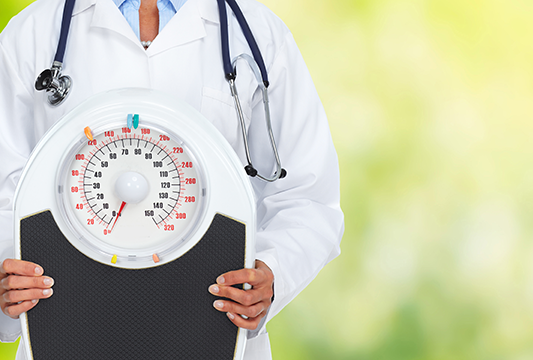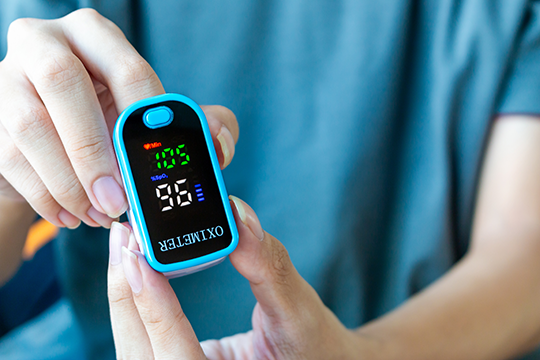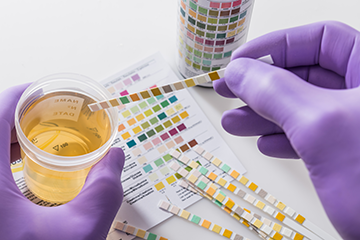Home Health Report
-
Blood Pressure
-
A blood pressure test checks if your blood pressure is healthy, or if it's high or low.
Blood pressure is the term used to describe the strength with which your blood pushes on the sides of your arteries as it's pumped around your body.
Low blood pressure (hypotension) is not usually a problem, although it can cause dizziness and fainting in some people.
High blood pressure (hypertension) can increase your risk of developing serious problems, such as heart attacks and strokes, if it's not treated.
Having this quick test is the only way to find out what your blood pressure is – and it could save your life.
-
-
Blood Glucose
-
A blood glucose test measures the level of glucose (sugar) in your blood. The test can involve a finger prick to screening for diabetes.

-
-
Weight and BMI
-
Your BMI result helps identify if you are underweight, a healthy weight, overweight or obese

-
-
Oxygen Saturation
-
Oxygen saturation measures the percentage of oxyhemoglobin (oxygen-bound hemoglobin) in the blood, and it is represented as arterial oxygen saturation (SaO2) and venous oxygen saturation (SvO2). Oxygen saturation is a vital parameter to define blood oxygen content and oxygen delivery.
Each hemoglobin molecule contains four heme groups that can readily bind molecular oxygen present in the blood. This means that a hemoglobin molecule can bind up to four oxygen molecules during transport in the blood.
For adults, the normal range of SaO2 is 95 – 100%. A value lower than 90% is considered low oxygen saturation, which requires external oxygen supplementation.

-
-
Heart Rate
-
Your pulse rate, also known as your heart rate, is the number of times your heart beats per minute. A normal resting heart rate should be between 60 to 100 beats per minute, but it can vary from minute to minute.

-
-
Cholesterol
-
Cholesterol circulates in the blood. As the amount of cholesterol in your blood increases, so does the risk to your health. High cholesterol contributes to a higher risk of cardiovascular diseases, such as heart disease and stroke. That’s why it’s important to have your cholesterol tested, so you can know your levels.
The two types of cholesterol are: LDL cholesterol, which is bad, and HDL, which is good. Too much of the bad kind, or not enough of the good kind, increases the risk cholesterol will slowly build up in the inner walls of the arteries, such as those that feed the heart and brain.
Cholesterol can join with other substances to form a thick, hard deposit on the inside of the arteries. This narrows the arteries and makes them less flexible – a condition known as atherosclerosis. This can lead to a blood clot forming, which can block one of these narrowed arteries causing a heart attack or stroke.
High cholesterol is one of the major controllable risk factors for coronary heart disease, heart attack and stroke. If you have other risk factors such as smoking, high blood pressure or diabetes, your risk increases even more.

-
-
Urine Testing
-
Urine Testing Services

-